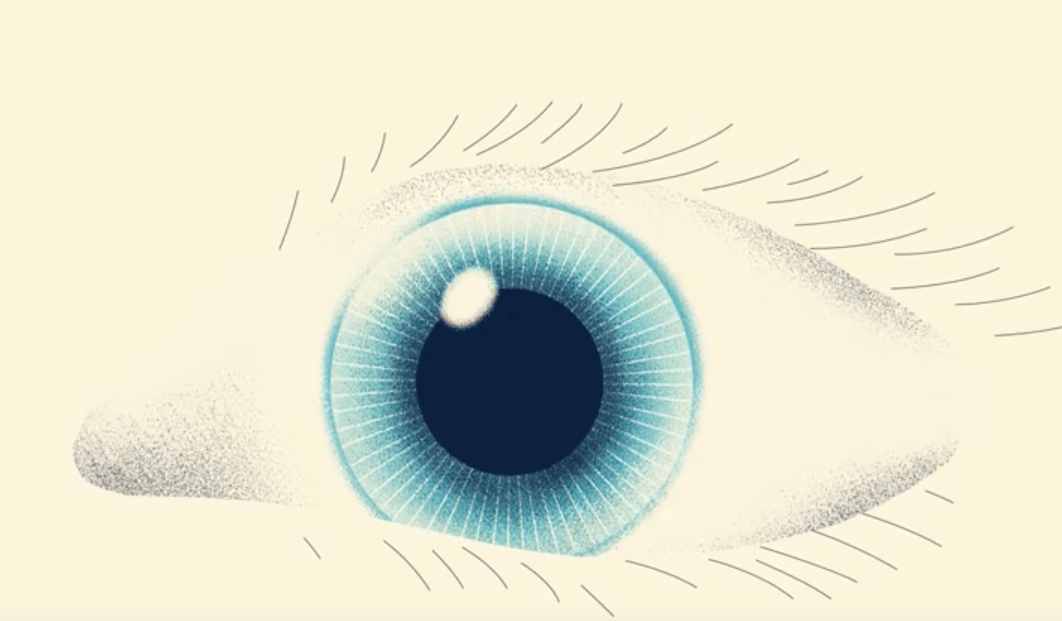Early diagnosis of autism will soon be made possible through the use of a deep learning algorithm designed by a team of researchers at the University of North Carolina. By detecting autism earlier on, interventions can be made sooner and relevant treatment plans put in place. The team found the algorithm could predict whether siblings of autistic children would be diagnosed with the condition with an 81 percent accuracy level. Putting this into perspective, current behavioral questionnaires only have a 50 percent accuracy level.
The algorithm was developed in collaboration with a team of computer scientists from the College of Charleston. Dr. Heather Hazlett, the senior author of the study and a psychologist and brain development researcher, said, “In previous literature, we’ve found brain volume enlargement in autism, meaning that people with autism have bigger brains than average. In this study, we add to that by pinpointing that it’s real during the first two years of life that we see this change happening. What we found is that it occurs between 12 and 24 months.” Hazlett also stated, “In children who have autism at age 2, there’s a hyper-expansion or rapid growth of the surface area at 6 to 12 months. This precedes the brain volume enlargement, and is a story that hasn’t been told before.”
With eight out of 10 kids being diagnosed correctly with autism thanks to the algorithm, it’s evident that this type of research will prove invaluable in the future. “I think this has potential in the sense that you could target a period early in development which might be presymptomatic. What we believe is that the earlier you can intervene, before the behaviors and brain differences have consolidated, you may have the greatest chance to make a change in that trajectory. An intervention that could be made before the onset of autism, aged 2, may lead to more significant effect since the brain is very malleable during that period.”
More News To Read











